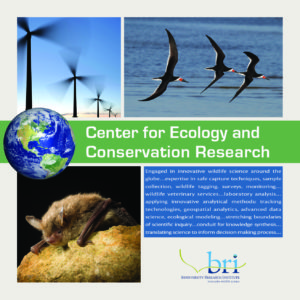BREAKING NEWS
Biodiversity Research Institute (BRI) announces the publication of the scientific paper Amazon forests capture high levels of atmospheric mercury pollution from artisanal gold mining in the January 28 issue of Nature Communications. In this new study, an international team of researchers show that illegal gold mining in the Peruvian Amazon is causing exceptionally high levels of atmospheric mercury pollution in the nearby Los Amigos Biological Station.
A team of researchers, led by Jacqueline Gerson, Ph.D., from Duke University, documented substantial mercury accumulation in soils, biomass, and resident songbirds in some of the Amazon’s most protected and biodiverse areas.
“This is incredibly important research that has broad implications for monitoring mercury in tropical forest ecosystems around the world,” says BRI’s executive director David Evers, Ph.D., and co-author on the paper. “It also highlights the importance of birds as sentinels of mercury exposure in tropical food webs. A major part of BRI’s work with the Minamata Convention on Mercury focuses on monitoring biota globally; birds are a key component of that.”
Read BRI’s full press release here
Related Links
Collaborators
The results of this mercury research in the Peruvian Amazon reinforce the necessity for additional mercury studies that BRI is coordinating with CINCIA and The Nature Conservancy. The goal is to understand the impact that mercury from ASGM activities has on indigenous communities in Ecuador and Columbia.
Related BRI Programs
Photo Credits: Header photo © Chris Sayers



